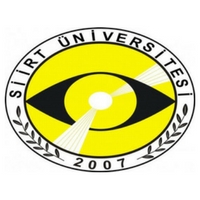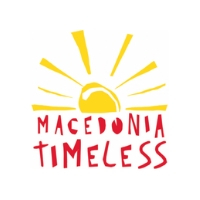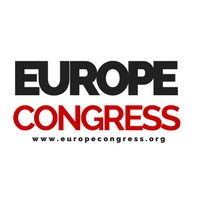ENTRY TO NORTH MACEDONIA
In order to have information regarding entry to NORTH MACEDONIA please click on the link to view NORTH MACEDONIA visa regime and list of the countries that do not need visa and do need visa to enter the country. If you need visa to enter NORTH MACEDONIA please click on the link to learn about procedure for obtaninin visa. Please do not make payment without obtanin visa to enter the country.
SKOPJE
The territory of Skopje has been inhabited since at least 4000 BC; remains of Neolithic settlements have been found within the old Kale Fortress that overlooks the modern city centre. On the eve of the 1st century AD, the settlement was seized by the Romans and became a military camp. When the Roman Empire was divided into eastern and western halves in 395 AD, Scupi came under Byzantine rule from Constantinople. During much of the early medieval period, the town was contested between the Byzantines and the Bulgarian Empire, whose capital it was between 972 and 992. From 1282, the town was part of the Serbian Empire and acted as its capital city from 1346. In 1392, the city was conquered by the Ottoman Turks who renamed the town Üsküp. The town stayed under Ottoman control over 500 years, serving as the capital of pashasanjak of Üsküb and later the Vilayet of Kosovo. At that time the city was famous for its oriental architecture. In 1912, it was annexed by the Kingdom of Serbia during the Balkan Wars and after the First World War the city became part of the newly formed Kingdom of Serbs, Croats and Slovenes (Kingdom of Yugoslavia). In the Second World War the city was conquered by the Bulgarian Army, which was part of Axis powers. In 1944, it became the capital city of Democratic Macedonia (later Socialist Republic of Macedonia), which was a federal state, part of Democratic Federal Yugoslavia (later Socialist Federal Republic of Yugoslavia). The city developed rapidly after World War II, but this trend was interrupted in 1963 when it was hit by a disastrous earthquake. In 1991, it became the capital city of an independent Macedonia.
Skopje is located on the upper course of the Vardar River, and is located on a major north south Balkan route between Belgrade and Athens. It is a center for metal processing, chemical, timber, textile, leather, and printing industries. Industrial development of the city has been accompanied by development of the trade, logistics, and banking sectors, as well as an emphasis on the fields of culture and sport. According to the last official count from 2002, Skopje has a population of 506,926 inhabitants; according to two unofficial estimates for more recent period, the city has a population of 668,518 or 491,000 inhabitants
CONFERENCE HOTEL (HOTEL HOLIDAY INN)
The impressive Holiday Inn Skopje is in the middle of Skopje city centre and you can see the bricked walls of the Skopje Kale Fortress from our upper floors. You'll feel soothed as you step into the Lobby with gentle music and a warm welcome from our attentive team. Just ask and we'll pick you up from Skopje Airport, 25km away, with our shuttle service. We're also 5 minutes' walk from Skopje rail station.
Our central location means that you can walk to government offices and financial institutions like World Bank and IFC in around 10 minutes. Upgrade to a spacious Executive room or Suite to kick back after conference days in Holiday Inn Skopje's daylit, 700-person meeting room.





